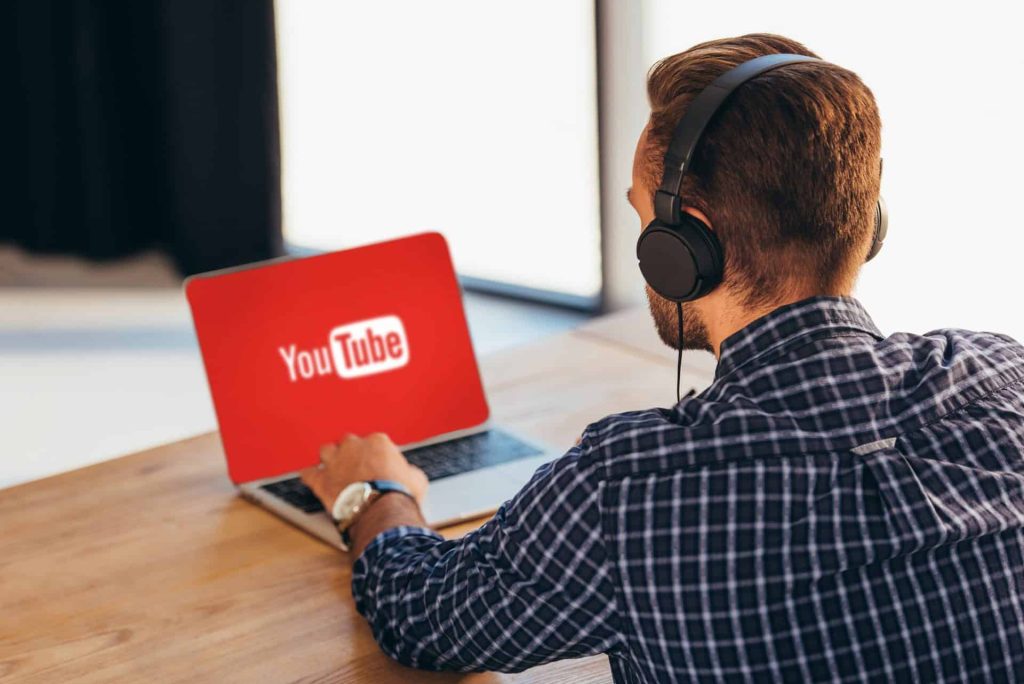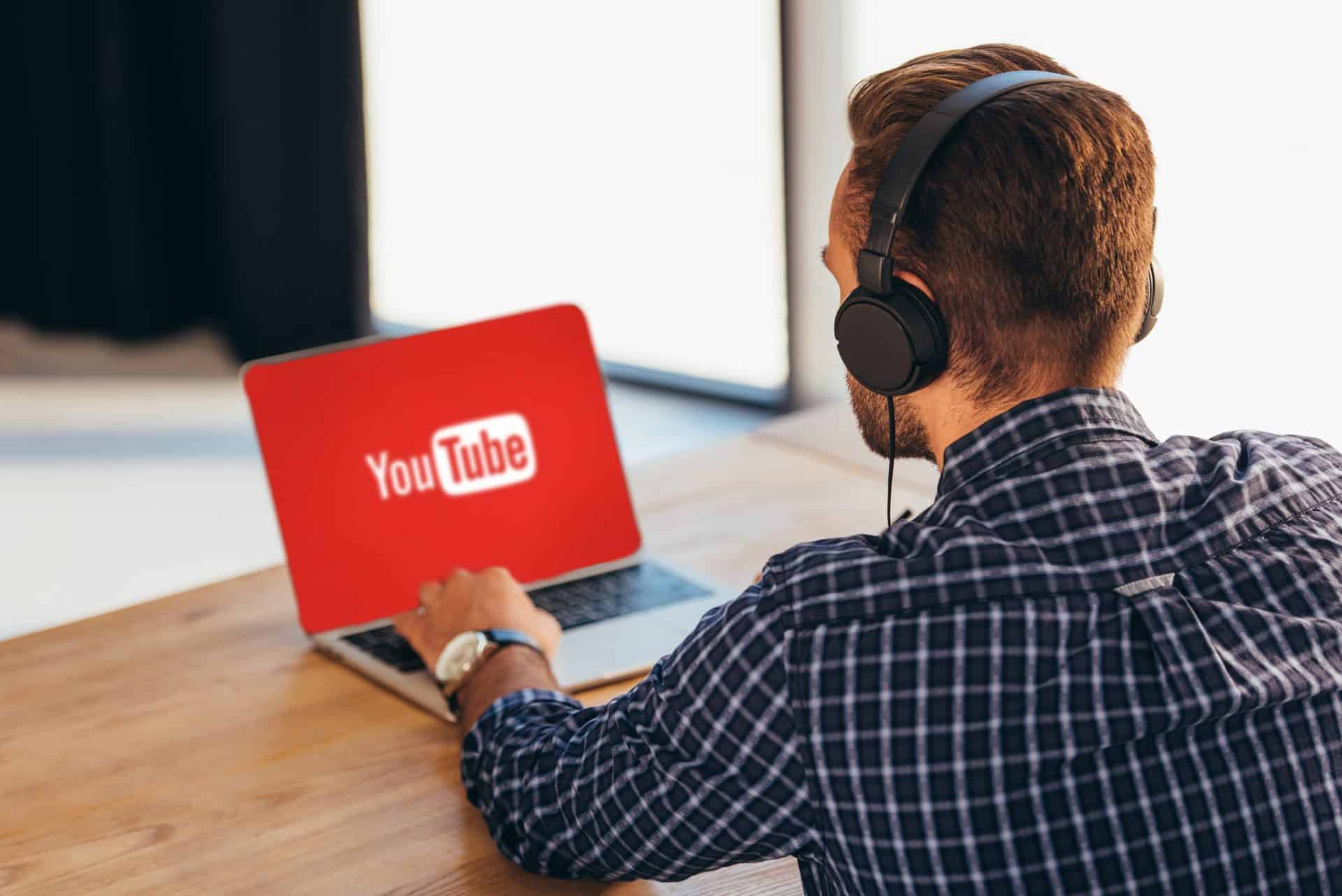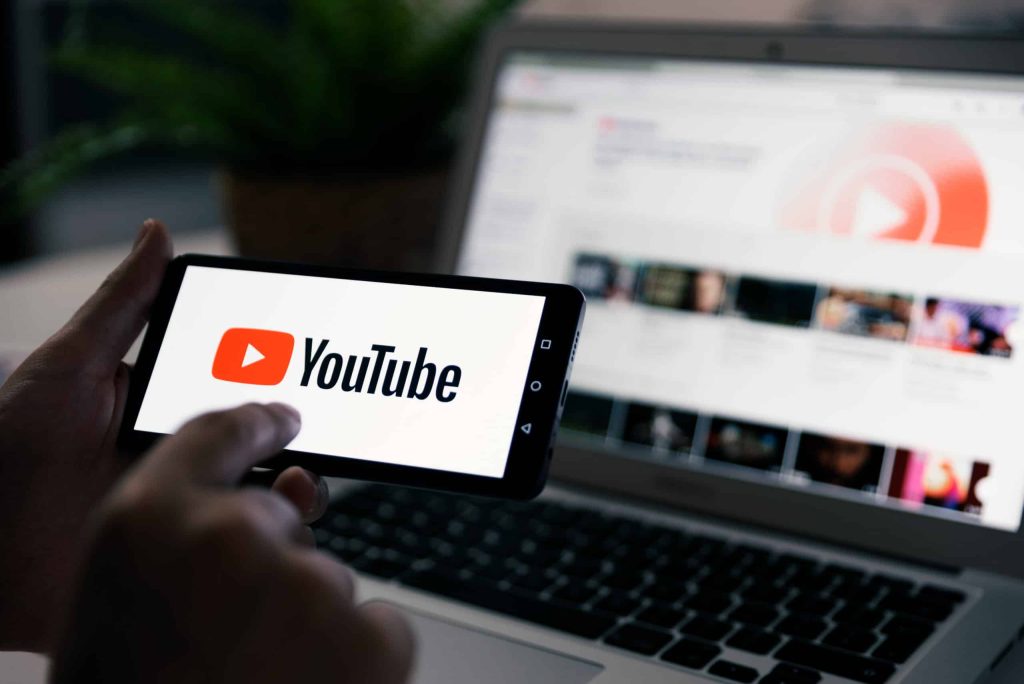Creating consistent and engaging content is the backbone of any successful YouTube channel. However, maintaining a regular posting schedule can be a daunting task without proper planning. A well-structured content calendar is a key tool in this process. As you aim to master YouTube with Lenostube‘s insights and strategies, developing a content calendar becomes even more crucial for consistent YouTube growth.
The Importance of a Content Calendar
A content calendar helps you plan, organize, and schedule your content effectively. It ensures a consistent posting schedule, which is vital for keeping your audience engaged and attracting new subscribers. Additionally, it allows you to strategize around important dates and events relevant to your audience.
Understanding Your Audience
Before diving into calendar creation, understand your audience’s preferences and behaviors. Analyze which types of content resonate most with your viewers and identify the best times to post. This information will determine what content to produce and when to publish it.
Setting Realistic Goals
Setting achievable goals is an essential step in content planning. Determine what you want to achieve with your YouTube channel – be it increasing subscriber count, enhancing viewer engagement, or improving video quality. Your content calendar should reflect these goals.
Planning Your Content
Start by brainstorming content ideas that align with your channel’s theme and audience interests. Then, organize these ideas into a coherent plan. Consider a mix of content types, such as tutorials, vlogs, or Q&A sessions, to keep your audience engaged.
Scheduling and Timing
Decide on a manageable posting frequency that aligns with your audience’s expectations. Whether it’s daily, weekly, or bi-weekly, consistency is key. Utilize tools like Lenostube to master YouTube’s algorithm and determine the optimal times for posting.
Flexibility and Adaptability
While consistency is important, your content calendar should also allow for flexibility. Be prepared to adapt your schedule and content based on current trends, audience feedback, and unexpected opportunities.
Tracking and Analyzing Performance
Regularly review your YouTube analytics to assess the performance of your content. This will help you understand what’s working and what isn’t, allowing you to adjust your content calendar.
Reviewing and Updating Regularly
Your content calendar is not set in stone. Regularly review and update it to incorporate new content ideas, reflect changes in audience preferences, and include learnings from past performances.
In conclusion, a content calendar is an indispensable tool for anyone looking to grow their YouTube channel. It brings structure and consistency to your content creation process, which are crucial for engaging your audience and achieving long-term success on the platform. By strategically planning your content and adapting to your audience’s needs, you can effectively master YouTube and enjoy sustained growth.



